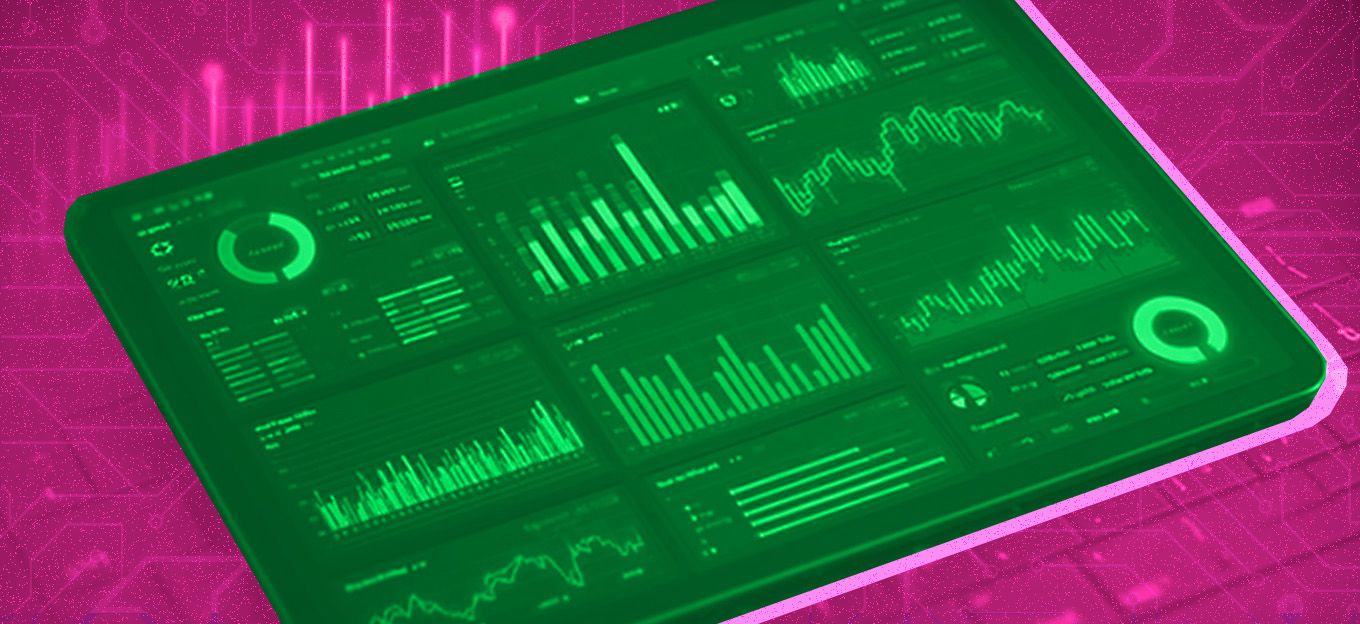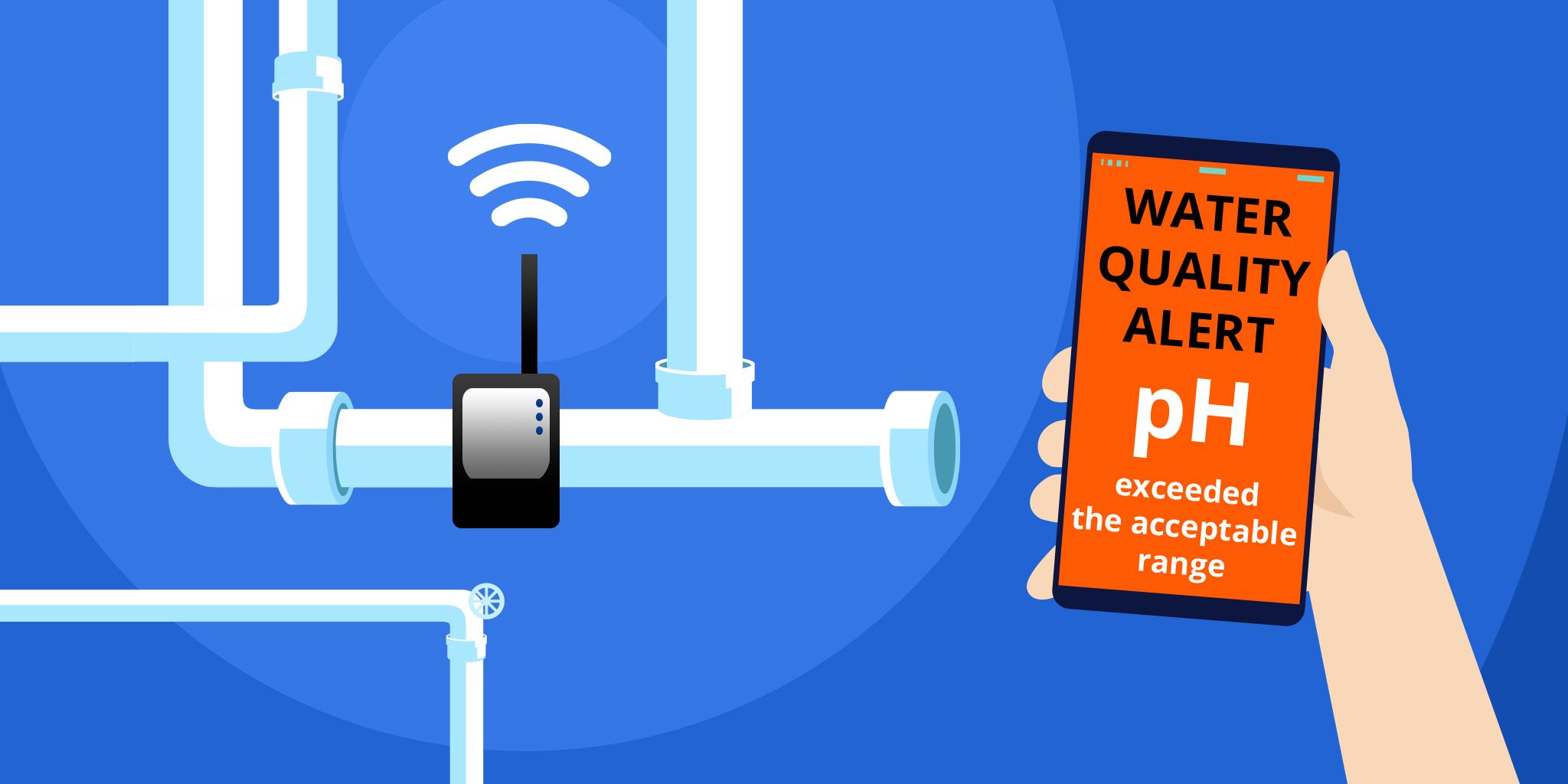IoT Solutions for HVAC
IoT Solutions for HVAC
- Last Updated: December 2, 2024
Guest Writer
- Last Updated: December 2, 2024



If you are even remotely interested in current happenings in the world of tech, you have undoubtedly heard the term “Internet of Things”. IoT is no stranger to the HVAC industry and IoT solutions for HVAC are continuously revolutionizing how the industry operates.
It's also likely that you have an IoT enabled appliance in your home. Doorbells, security systems, televisions, air conditioners, washing machines, cooking ranges, and many more appliances can be “IoT enabled” and bring a drastic change in the flexibility of said appliances. But what exactly is IoT?
HVAC is rapidly utilizing IoT and reaping great benefits for both consumers and manufacturers, enabling greater convenience and productivity.
For the uninitiated, IoT is the connectivity between sensors and devices through the internet. This connectivity, in turn, provides controls and data sharing through the internet. What this means is that your air conditioner in the garage can be controlled using your mobile phone from anywhere in the world, as long as it is connected to the WiFi. Who would have thought of this 20 years back?
The entire process of connectivity revolves around an IoT ecosystem. According to Intel, the world of IoT is expected to grow at lightning speed, reaching a high of 200 billion in 2020, compared to just 2 billion devices in 2006.
Innovations in HVAC technology are currently on the rise. Very interesting and perhaps unique implementations of IoT are being seen in the HVAC industry. Execution of IoT in HVAC comes under the parallels of consumer and infrastructure IoT. Wherein it not only enables greater flexibility and controls to the consumer but also allows manufacturers and building companies to keep a strong check on their systems and ensure proper operations.
Let's explore some of the ways IoT is changing the landscape of HVAC services.
Real-Time Data Management & Diagnostics
Perhaps the most useful component of IoT implementation in HVAC is data management and diagnostics. Manufacturers and OEM’s are in a constant drive to obtain the most accurate and real-time operational data of their appliances and devices, installed in residential, commercial, or industrial environments.
Controllers being used for commercial applications of HVAC are becoming increasingly powerful by the day. More complex algorithms, analytical capabilities, and data communication protocols are increasing the commercial HVAC market, and with it, bring the need for a more robust IoT network to facilitate this data sharing.
Apart from the obvious effects of energy savings, comfort, and convenience for the consumer, OEM’s stand to benefit from the greater insights and improved building designs, equipment manufacturing, and demand forecasting. This is the reason building owners and HVAC manufacturers are now increasingly becoming aligned towards the common goal of more IoT integration within their domains.
An example of why this is coming about is the need of manufacturers and building operators alike to forecast any potential problems within their systems, to decrease the downtime incurred. This saves not only in maintenance costs but also ensures uninterrupted service provision. Real-time data hence allows OEMs, building managers, and even contractors to better schedule their service and maintenance practices and ensure timely action.
The value in inter-connectivity between once stand-alone equipment cannot be understated, and the industry is heading in the right direction in this regard with HVAC IoT devices, towards the concept of smart buildings.
Energy Savings
The bottom-line for a consumer is almost always the energy-saving that any new technology provides. HVAC IoT devices bring to the table a whole host of functions and features which allow for numerous savings.
Take for example the feature of scheduling your air conditioning. Normally, it's common that AC units shouldn't always be switched off when leaving your home since the home may heat up and more energy will be required to cool it down again. But what if the air conditioner knows when you are about to return home, and turns on about half an hour or 15 minutes before you actually arrive? This is possible through smart scheduling features, provided you arrive home at the same time every day of the week. Thanks to IoT, you can set up a schedule on your connected AC and let it turn your cooling on a short time before you arrive home.
Another way to achieve this functionality is by enabling location-based functions. A smart AC controller can sense your location through the mobile app on your phone, and accordingly command the air conditioner to turn or off, depending on whether you are getting closer to your home or moving away from it.
Programmable thermostats and smart AC controllers thus provide previously unheard-of features which bring the next generation of energy-saving techniques and methods to the average household consumer.
Cross Functionality
As discussed before, IoT solutions for HVAC bring previous stand-alone devices now into the domain of interoperability. Appliances that were traditionally separated from your home are now integrated into the broader sphere of “smart home”. Home assistants such as Google Home and Amazon Alexa are the major players in this area, providing a singular access point for various devices to link up and function in tandem with multiple smart systems.
As an example, voice-activated controls for air conditioning are now a very commonly used feature. Programmable thermostats and smart AC controllers like the Cielo Breez Plus can be hooked up to home assistants, and work either through dedicated voice commands or be a part of a much more elaborate routine or skill. A routine lets you use a single command to operate a multitude of devices within your home.
Multiple devices such as smart air conditioners, smart blinds, smart fans etc. can work in tandem to provide the perfect indoor climate based on outdoor temperature conditions and lower your bills too in the mean time!
The Future of HVAC?
Innovations in HVAC are already making their mark. Energy savings, increased comfort, demand forecasting, predictive maintenance, are just some of the ways in which HVAC is progressing by leaps and bounds, and IoT is a major driver of this innovation.
With time, the cost of providing WiFi connectivity to your HVAC systems will only go down. Even though third-party AC controllers are already making great inroads into consumer appliances, commercial and industrial applications are still in the initial stages. These HVAC IoT devices are sure to make their mark on the industry. The future bodes well for a world where connected HVAC will be the norm. Data analytics and machine learning will be the natural next step for IoT in HVAC and will prove to be a game-changer for the industry.
The time is not far where the implementation of IoT will not be seen as an additional or high-end feature, but one of the necessities of an HVAC system. The terms IoT and HVAC will become synonymous with each other. IoT solutions for HVAC will be the preferred method of troubleshooting. This is a world which we are heading towards, and it sure is exciting!
The Most Comprehensive IoT Newsletter for Enterprises
Showcasing the highest-quality content, resources, news, and insights from the world of the Internet of Things. Subscribe to remain informed and up-to-date.
New Podcast Episode

Moving Past the Pilot Phase in IoT and AI
Related Articles





